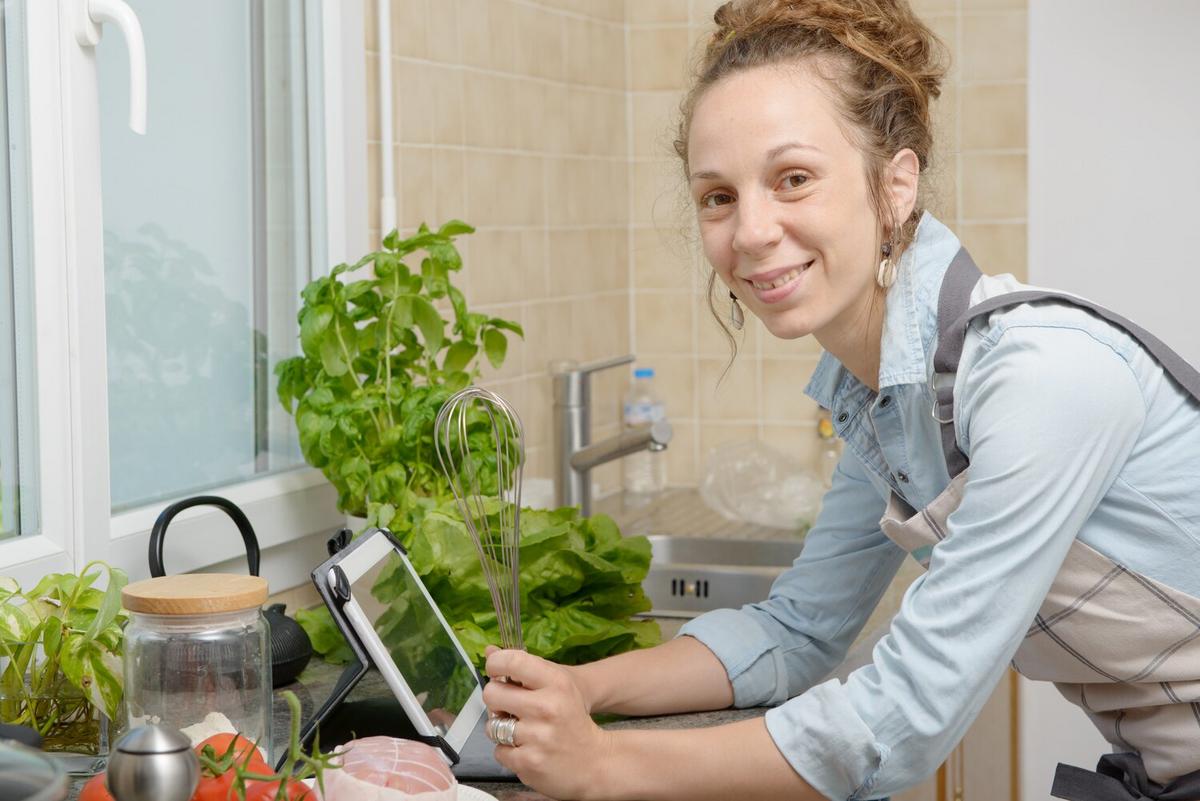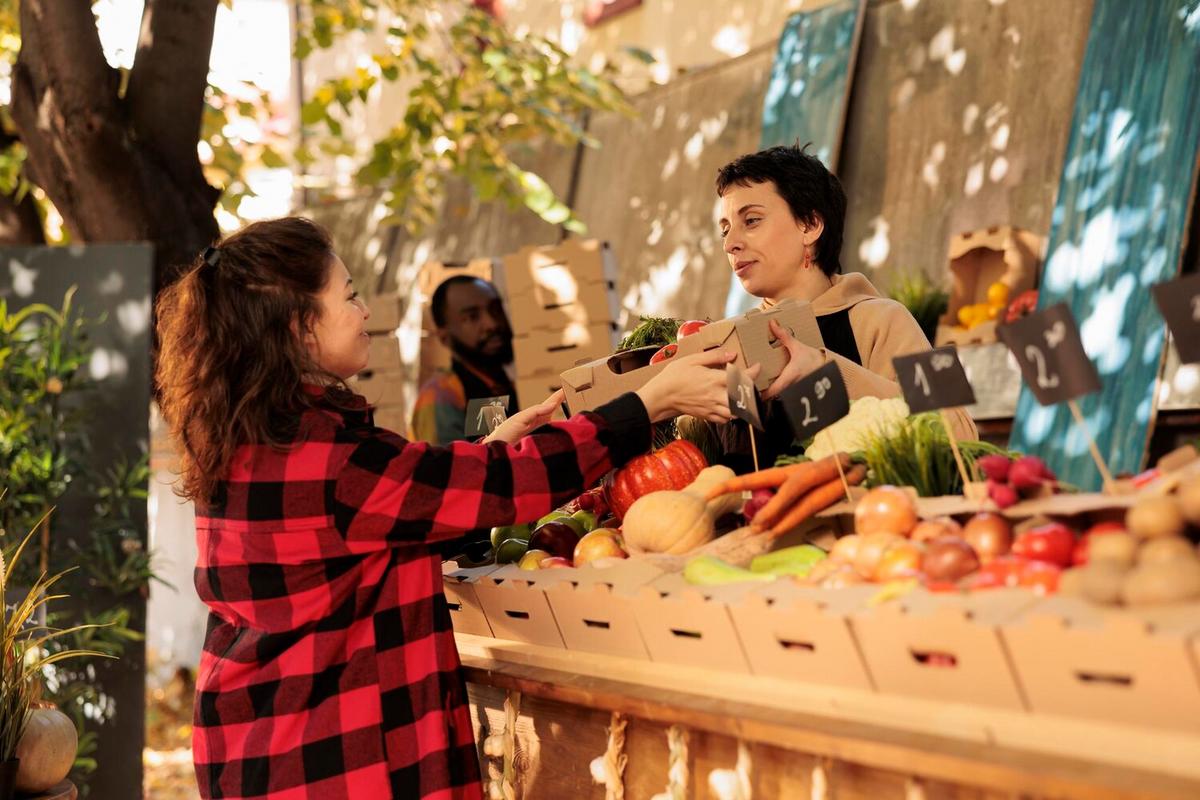As awareness of environmental issues grows, more people are turning to sustainable eating practices to reduce their carbon footprint and promote a healthier planet.
Technology plays a pivotal role in facilitating this shift towards sustainable eating. From innovative agricultural practices to smart kitchen appliances, the integration of technology into our food systems is helping to create a more sustainable future.
The Intersection of Technology and Sustainable Agriculture
Modern agriculture has seen a transformative impact from technology, with precision farming leading the way. Precision farming leverages technology such as GPS and IoT devices to optimize crop yields and reduce waste. According to a report by the Food and Agriculture Organization, precision agriculture can increase crop yields by up to 20% while reducing water usage by 30%.
Dr. Maria Gonzalez, an expert in sustainable agriculture, notes, “Technology is not just an enabler but a catalyst in achieving sustainable food systems.”
Smart Kitchen Innovations
In the realm of home cooking, smart appliances are making it easier than ever to maintain sustainable eating habits. Devices like smart refrigerators and induction cooktops help reduce energy consumption and food waste. For instance, smart fridges can track expiration dates and suggest recipes to use up near-expiry ingredients, cutting down on waste.
Personal Anecdotes: Embracing Sustainable Eating
Take the story of Mark, a tech-savvy home cook who uses a meal planning app to reduce food waste. By planning his meals and shopping list, Mark has cut his grocery bill by 15% and reduced his household’s food waste significantly. Apps like these are not only practical but also empower individuals to make more sustainable choices.
Actionable Tips for Embracing Technology in Sustainable Eating
- Explore apps that connect you with local farmers to source seasonal and organic produce.
- Use a smart water sensor in your garden to optimize water usage.
- Invest in energy-efficient kitchen appliances to reduce your carbon footprint.
Comparison Table: Traditional vs. Tech-Enabled Sustainable Practices
| Aspect | Traditional Practice | Tech-Enabled Practice |
|---|---|---|
| Water Usage | Manual watering | Smart irrigation systems |
| Composting | Traditional compost bin | Smart composters |
| Food Waste | Manual tracking | Food waste tracking apps |
| Shopping | In-person markets | Online local produce platforms |
| Cooking | Standard appliances | Energy-efficient appliances |
| Meal Planning | Manual planning | Meal planning apps |
| Farming | Conventional farming | Precision farming |
| Energy Use | Standard usage | Smart energy monitors |
FAQs
How can technology help reduce food waste?
Technology can help track expiration dates and suggest recipes, reducing the amount of food that goes to waste.
What is precision farming?
Precision farming uses technology like GPS and IoT to optimize farm inputs and improve yield efficiency.
Conclusion: Embrace the Change
As we strive to make our food systems more sustainable, technology offers powerful tools to help us along the way. By integrating these innovations into our daily lives, we can reduce our environmental impact and contribute to a healthier planet. It’s time to embrace these changes and make sustainable eating a reality.




Leave a Reply